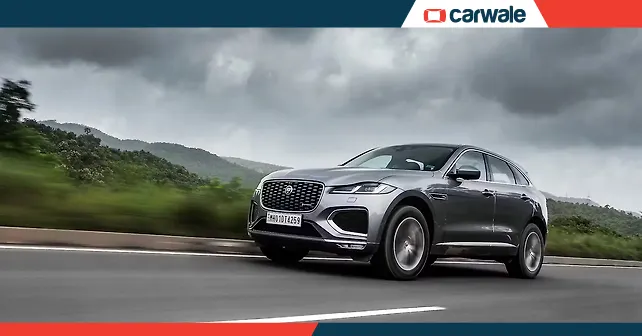
Jaguar’s sales recently declined by 97.5 per cent in Europe. The luxury carmaker pivoted itself as a fully-electric brand in the recent months, abdicating the IC engine. The decision, coupled with a radical change in design, caused a paradigm shift, subjecting it to rather sharp responses. This was bound to happen, given the rapid transition and a change in brand identity. From an aggressive and pronounced stance to a minimalistic and rather off-conventional ‘Copy Nothing’ slogan and redesign, this certainly didn’t age well. What’s in store for Jaguar?
We’ll kick things off with a parallel. This isn’t the first time that a brand has undergone a paradigm shift. In the smartphone world, remember how OnePlus underwent a radical transformation when it merged with Oppo as a sub-brand? Yes, it wasn’t the original OnePlus anymore. What changed first, is the software side of things, with the hardware following suit later. Essentially, the revamped OnePlus is not what it used to be. The software is Oppo’s custom skin, but with a OnePlus name on it. But this has worked well in favour of both the brands. It enjoys a newfound fanbase, but the old ones hardly remain.

Let’s get back to Jaguar’s electrification saga. There are a lot of wrongs, and needless to say, massive strategic misalignments. Whenever a brand undergoes such a big change, it is a step-wise transition. BMW and Volvo for example, are gradually moving towards electric powertrains. Jaguar has opted not to, by going all-electric at once. Hybrids could have been an option, but the perception of environment-friendliness and emission regulations marred with uncertainties, was too much of a risk. Jaguar resorted to a leapfrog strategy, jumping into the pool of electric mobility without going through the transitional phase. They discontinued the XF, XE, and the F-Type series, creating a massive gap in the market. Gearheads had all the more reason to be frustrated with this set of decisions. This was further accentuated with long-standing inaction on model refreshes. The XJ for instance, was silently pushed to the shadows in 2019. While other brands were embracing strong-hybrid powertrains, the F-Pace was a failed attempt as it didn’t gain much traction. Jaguar’s justification for this acrid change was the existing slew of cars not being profitable. But with no inventory at present, the trajectory goes further downward. It’s only a deadlock at present. To kick things off with all-electric offerings, the carmaker showcased the Type 00 Concept, which is set for a 2027 launch.

Jaguar has been a niche, enthusiast-centric brand, with HNIs being the primary demographic. With the Jaguar-Land Rover alliance currently playing out in favour of the latter, the former navigates through tough roads. Jaguar’s future will have a two-pronged outcome, going forward. The carmaker can either redeem itself as a niche, low-volume, high-profit brand, or become one with the shadows, leaving behind its legacy altogether.
The 97 per cent decline transcends numbers, but is a loud signal of a new identity. Carrying the Jaguar name forward, only time will tell whether it will reinvent the charm of the leaping big cat under a completely new guise, or become an icon of the past. What it can do is reinvent itself and discontinue being dormant. The carmaker has to utilise this one opportunity to capture the market again. It’s a do-or-die situation now.







